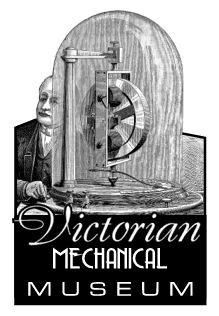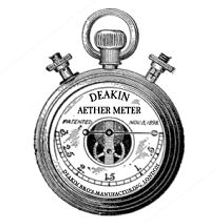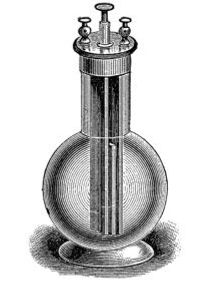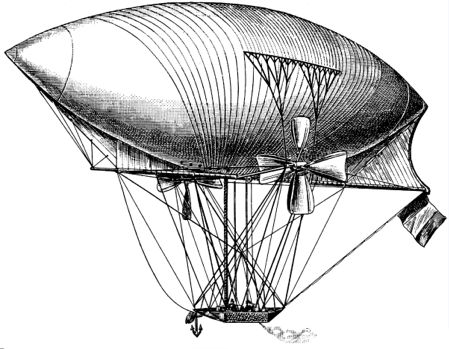The legacy of Timothy Deakin is proving to be very tangible within the Hawkins Strongbox, as evidenced by our recent posts. Collection Item 47 finally provides us with an image of this scientist, inventor and photographer. The item is a cabinet card portrait of Deakin produced by his own studio.
Robert Deakin, Timothy's brother, once described his younger sibling as " . . . an exemplary but often bored student." He was considered a mechanical and engineering genius while still a teenager, and patented his first invention at age twenty. In that context, it is not hard to understand why he was so often underwhelmed when fulfilling his more mundane academic requirements.
Charles Hawkins introduced Timothy Deakin to his older brother Geoffrey sometime during the autumn of 1877. Charles and Timothy had become acquainted during their time together as students at the College of Science at the University of Edinburgh. Timothy and Geoffrey became fast and close friends, sharing passions both scientific and philosophical. Together with Berkley Vanderzee and Falynne Hyperion, they would form the nucleus of what was seemingly one the 19th century's most covert secret societies.
Item 47 is undated, but the photo is likely to have been taken around 1882-1883. Archer Bowens notes that, "Deakin is wearing his own Model II Mechanical Spectacles which he first manufactured in 1882. He also is wearing a Mechanical Sun brooch on his jacket lapel. Members of the Society began sporting these brooches sometime in early 1882."
ADDENDUM: Item 47 is part of a set of four portraits associated with the inception of the Society of the Mechanical Sun in January of 1882. The other portraits are of Geoffrey Hawkins (Item 46), Berkley Vanderzee (Item 48) and Falynne Hyperion (Item 49).



















3 Observations:
Intriguing gentleman. I would love to try out his Model JJ Mechanical Spectacles
Is it known what functions the Model II Mechanical Spectacles and the Mechanical Sun brooch performed? Were they perhaps, part of the "uniform" of that "most covert secret society"?
So far as our research has been able to determine, the brooch was simply decorative.
Deakin's more advanced optics generally always made use of aether-powered mechanics. Unfortunately, modern scientists have not been able to recreate a working aether power cell, making it difficult to assess the specific functions of a pair of Model II Mechanical Spectacles. Based on anecdotal information, the MII Specs were likely telescopic and also potentially possessed aether-based thermal imaging technology.
As with other aether-based mechanicals, Deakin manufactured very few MII Specs and only shared them with fellow society members. We possess one pair at the Victorian Mechanical Museum but it is not currently available for public exhibition.
Post a Comment